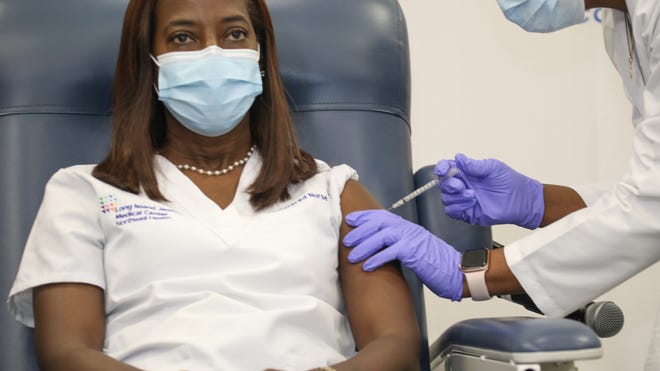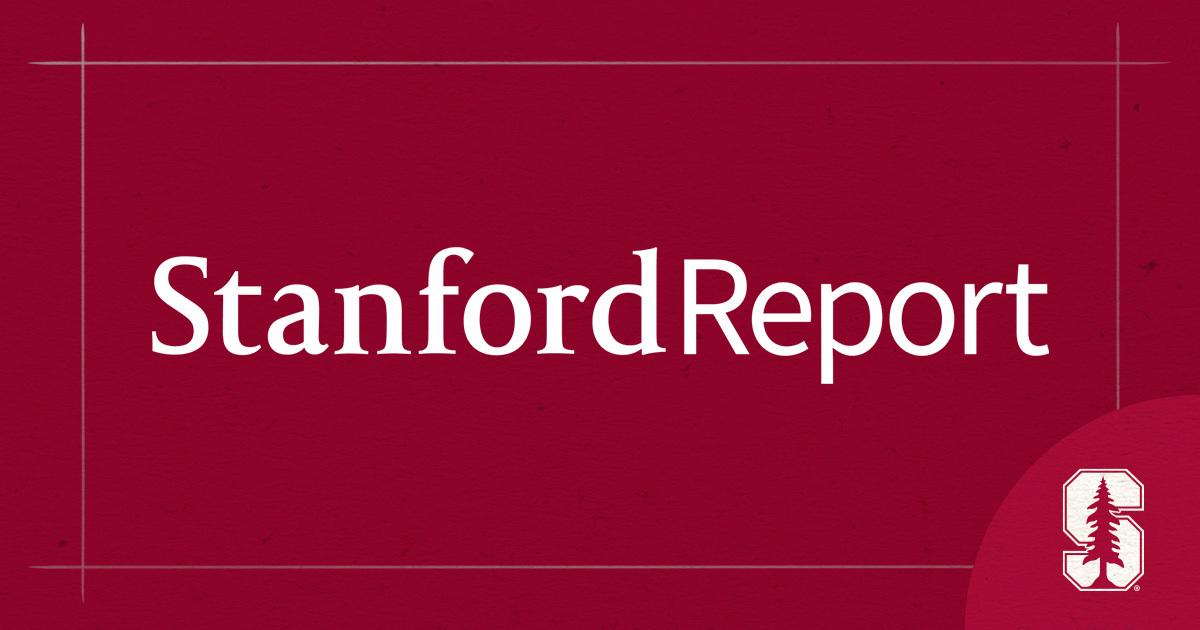(ThyBlackMan.com) Now comes the moment of truth. The time has come when each of us will have to make a personal decision about whether to take the COVID-19 vaccine or not. Following months of the most unimageable experience of living in the midst of a global pandemic, the promise of the vaccine hoped for is finally at hand. Within days or weeks, people are going to start receiving the first of a two-dose vaccine. As opposed to influencing your decision or telling you what you should do; this column will contribute to making sure that your decision is an informed decision.
Making sure that you have asked the right questions, especially about the stuff you don’t understand, is the important thing you can do to guarantee that the decision you make is one that you can live with.
Here are a few areas that look at some of the most common questions that folks have posed to me. I thought you might find them helpful:
What’s different about this vaccine? The COVID-19 vaccines are different because they use a “new” technology called mRNA. The CDC describes how it works by saying, “To trigger an immune response, many vaccines put a weakened or inactivated germ into our bodies. Not mRNA vaccines. Instead, they teach our cells how to make a protein—or even just a piece of a protein—that triggers an immune response inside our bodies. That immune response, which produces antibodies, is what protects us from getting infected if the real virus enters our bodies”.

This vaccine works by providing a “genetic code” for our cells to produce viral proteins. Once the proteins (which don’t cause disease) are produced, the body launches an immune response against the virus, enabling ta person to develop immunity to that virus should it ever show up again. This is a new technology with vaccines in humans. Even though there has been research in the past, it has not been successful until now.
Whereas in the past, vaccines worked by introducing small parts of either live or inactive viruses, in order to create a “memory” in the immune system against a future invader of the same type of virus; mRNA works in a whole different way. They actually introduced a protein in the injection, which causes the immune system to react and attack it as an invader. The protein then has a “plan” programmed (so to speak) inside to instruct the immune system to create antibodies for the COVID-19 virus, should it ever show up.
Clearly, this is a remarkable breakthrough in the world of vaccines! However, there are some concerns that worry some experts. mRNA’s protein is a foreign invader, and there is the possibility, albeit it slight, that it could trigger a immune response separate from the one intended, and cause an inflammatory response from the immune system. This was at the heart of some of the unsuccessful attempts with mRNA as a vaccine.
There is also the question of the effectiveness and safety in those people with chronic medical conditions. Is there data on how it works in those populations and communities?Almost 60 percent of American adults have at least one chronic medical condition. 40 percent of U.S. adults are obese; one of the most common underlying conditions that increases one’s risk for severe illness. The more underlying medical conditions people have, the higher their risk. What percentage of the study population reflected people with pre-existing chronic conditions?
And then there are our seniors and elderly. Elderly and older adults are at greatest risk of severe disease and death from COVID-19. People older than 65 years makeup 9% of the world’s population, and yet they account for 30% to 40% of cases and more than 80% of deaths. A review of recent research literature shows that older adults were excluded from more than 50% of COVID-19 clinical drug trials and 100% of vaccine trials. Again, what percentage of the study population reflected people who were older?
According to the CDC, all but one of the COVID-19 vaccines that are currently in Phase 3 clinical trials in the United States use two shots. The first shot starts building protection. A second shot a few weeks later is needed to get the most protection the vaccine has to offer. What this means is that most of shouldn’t expect to receive and see protection from the vaccine (assuming it works, and enough people take it) until late spring or early Summer 2021. This means that the best thing all of us can do, regardless of our decision on taking the vaccine, is to remain vigilant in keeping up the protective measures of sanitation, physical distancing, and wearing face masks.
Finally, keep in mind that what we know so far about the vaccines is based on preliminary data. To date, there have been no peer-reviewed published studies. If it walks like a duck, and quacks like a duck, it’s a duck. This is still a clinical trial. Learn all you can; educate yourself and your family; make an informed decision. Don’t forget that Information is the Best Medicine”.
Remember, I’m not a doctor. I. just sound like one. Take good care of yourself and live the best life possible!
Written by Glenn Ellis
Official website; https://twitter.com/glennhealth

















I trust science, and so should you.I will take the COVID-19 vaccine shot.